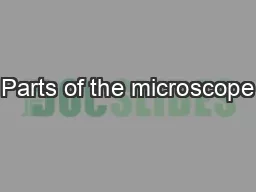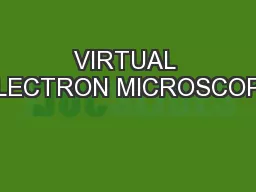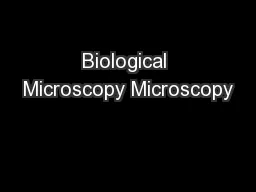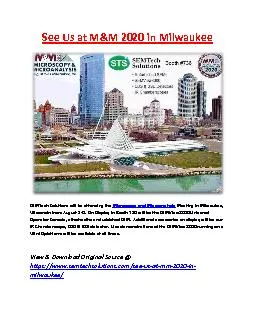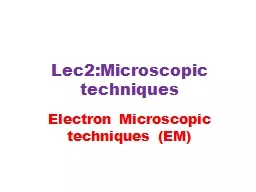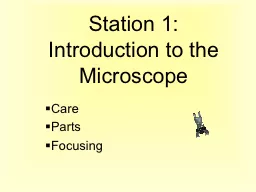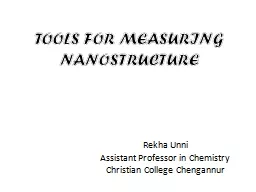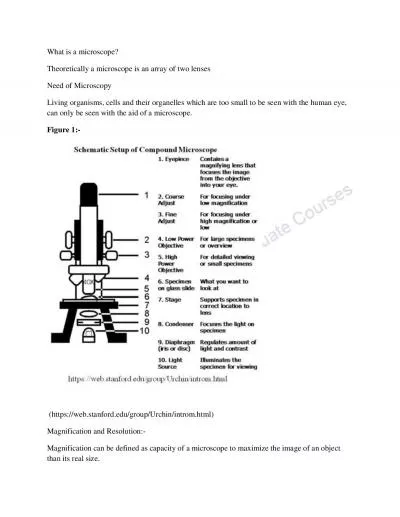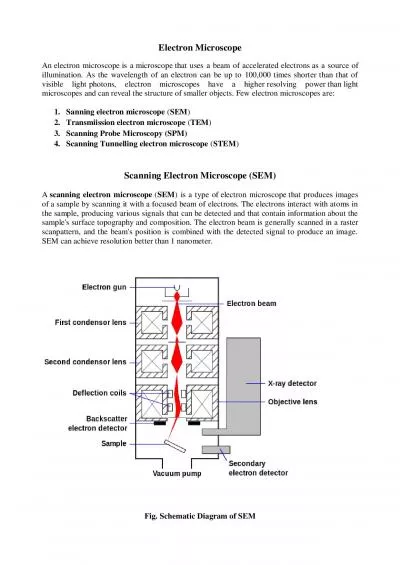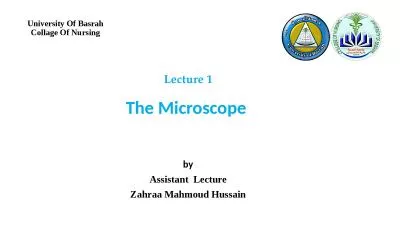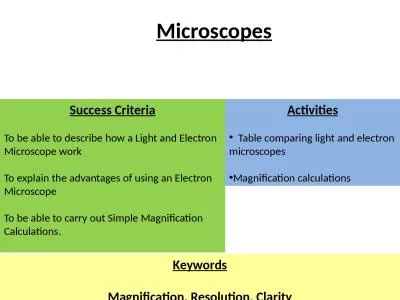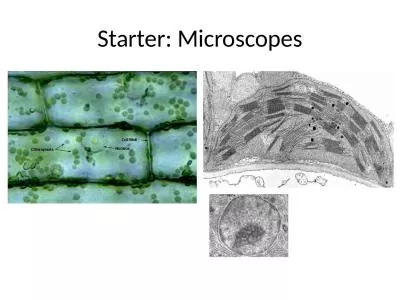PPT-Electron microscope Arnór Freyr Sævarsson
Author : titechas | Published Date : 2020-06-30
Dmitrii Razinkov Kristín Vilbergsdóttir Selma Rut Sófusdóttir The JEOL JXA8230 electron microprobe Mechanism of the instrument Electrons emitted from the electron
Presentation Embed Code
Download Presentation
Download Presentation The PPT/PDF document "Electron microscope Arnór Freyr Sævars..." is the property of its rightful owner. Permission is granted to download and print the materials on this website for personal, non-commercial use only, and to display it on your personal computer provided you do not modify the materials and that you retain all copyright notices contained in the materials. By downloading content from our website, you accept the terms of this agreement.
Electron microscope Arnór Freyr Sævarsson: Transcript
Download Rules Of Document
"Electron microscope Arnór Freyr Sævarsson"The content belongs to its owner. You may download and print it for personal use, without modification, and keep all copyright notices. By downloading, you agree to these terms.
Related Documents


